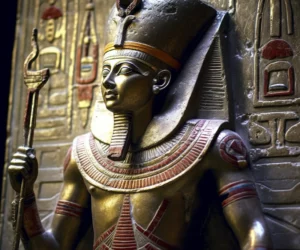Introduction to Seti I Menmaatre Seti I, also known as Sethos I in Greek, was the second pharaoh of the Nineteenth Dynasty of Egypt. He ruled from approximately 1294 BC to 1279 BC. Seti I was the son of Ramesses I and Sitre, and the father of the famous Ramesses II. His name, ‘Seti’, means…
The Ancient Egyptians
Ancient Egyptian Historical Sites and Ruins
Egyptian Mythology
Ancient Egyptian Artifacts
| Ankh Cross |
| Dream Stele |
Historical Figures
| Ramses II |
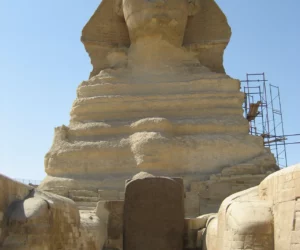
Dream Stele
Introduction to the Dream Stele The Dream Stele, also known as the Sphinx Stele, stands prominently between the front paws of the Great Sphinx of Giza. Thutmose IV, a pharaoh of Egypt’s 18th Dynasty, erected this monument in 1401 BC, marking the first year of his reign. This stele is not just a mere artifact;…
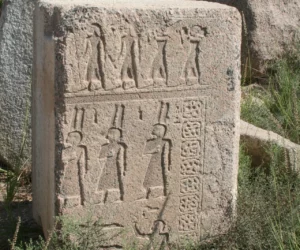
Bubastis
Introduction to Bubastis Bubastis, also known as Per-Bast, was an ancient Egyptian city. It was the capital of its own nome in the Delta region of Lower Egypt. The city was a significant center for the worship of the feline goddess Bastet. This made it the principal location in Egypt for the mummies of cats….
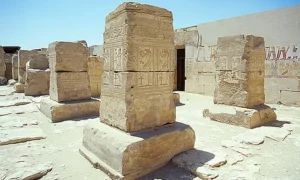
Temple of Ramses II at Abydos
The Temple of Ramses II at Abydos is a significant archaeological site in Egypt. It stands as a testament to the grandeur of ancient Egyptian civilization and the enduring legacy of one of its most powerful pharaohs, Ramses II. This temple, dedicated to the cult of Ramses II, is one of the many monuments that the pharaoh commissioned during his long reign. It is renowned for its intricate wall carvings and the historical insights it provides into ancient Egyptian religion and kingship.

Tomb of Menna
The Tomb of Menna is a significant archaeological site located in the Theban Necropolis, on the west bank of the Nile, opposite Luxor, Egypt. It is the burial place of Menna, a high-ranking official during the reign of Pharaoh Thutmose IV of the 18th Dynasty. The tomb is renowned for its well-preserved wall paintings that depict various aspects of Egyptian life and the afterlife. These artworks provide valuable insights into the customs, religious beliefs, and daily activities of ancient Egyptians. The Tomb of Menna is a popular destination for scholars and tourists alike, offering a glimpse into the rich history and culture of ancient Egypt.
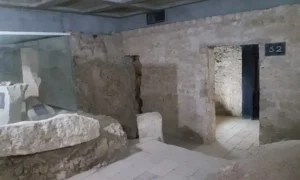
Tomb of Nakht
The Tomb of Nakht is an ancient Egyptian burial site located in the famed Valley of the Nobles near Luxor. It belongs to Nakht, an 18th Dynasty scribe and astronomer of the god Amun. The tomb is renowned for its vivid wall paintings that depict various aspects of Egyptian life and the afterlife. Discovered in the early 20th century, it has since provided scholars with valuable insights into the religious beliefs, artistic styles, and daily activities of the New Kingdom period.

